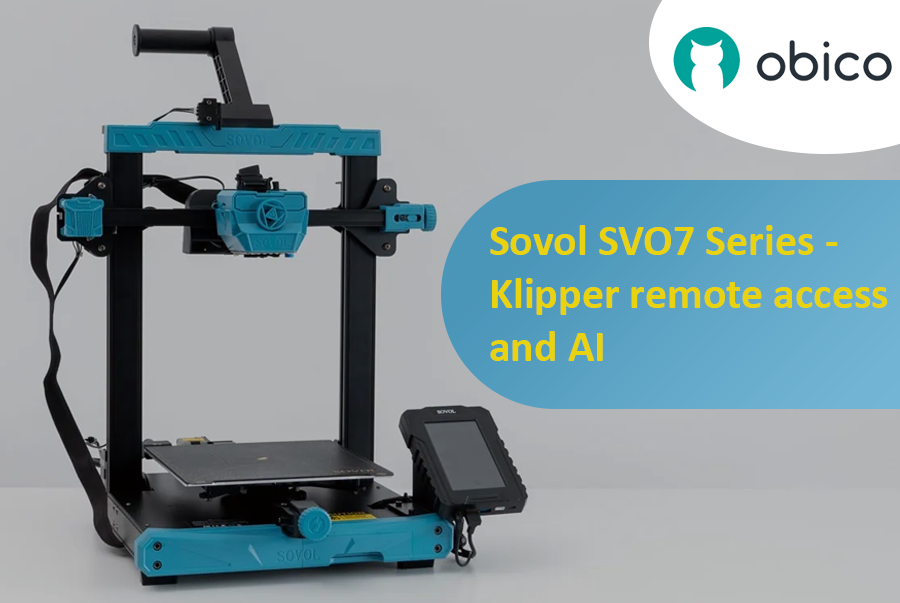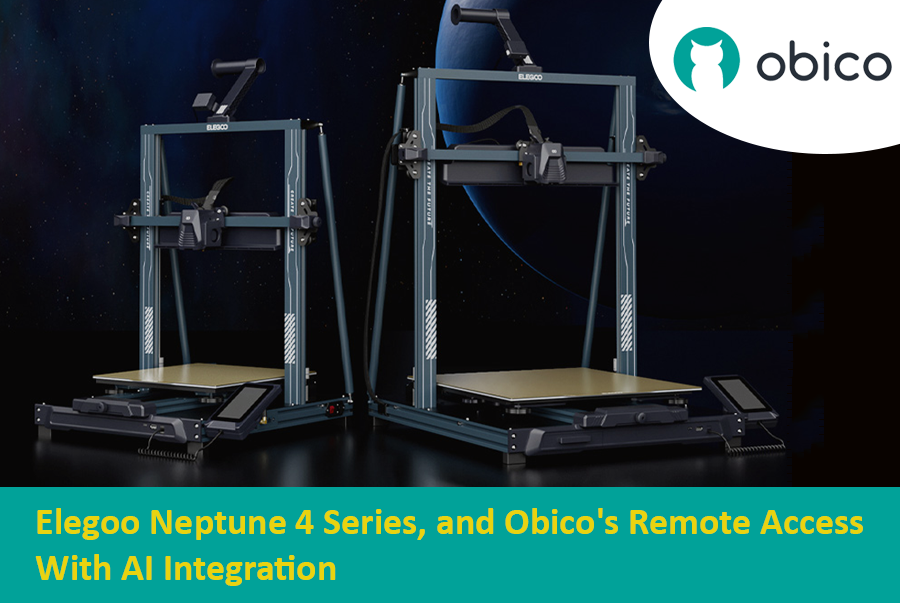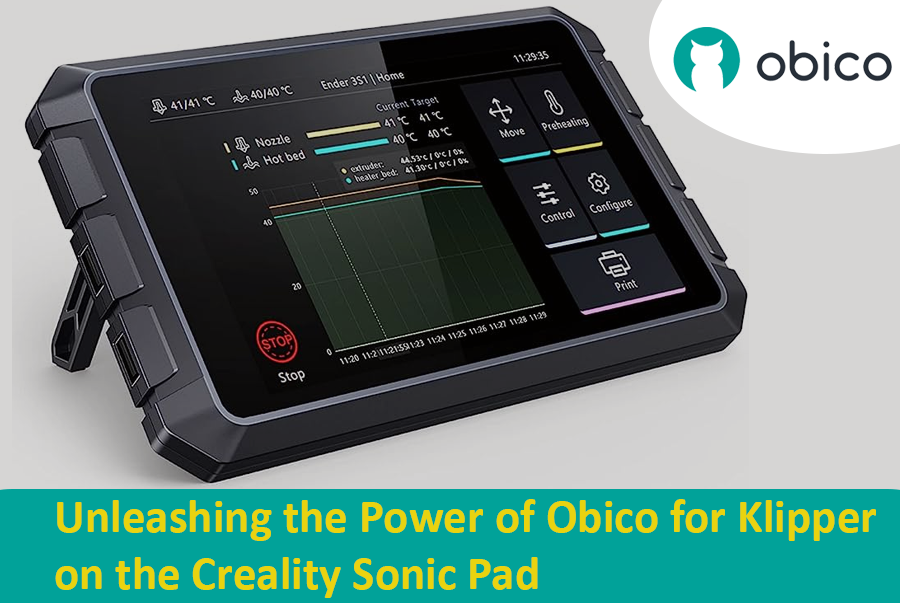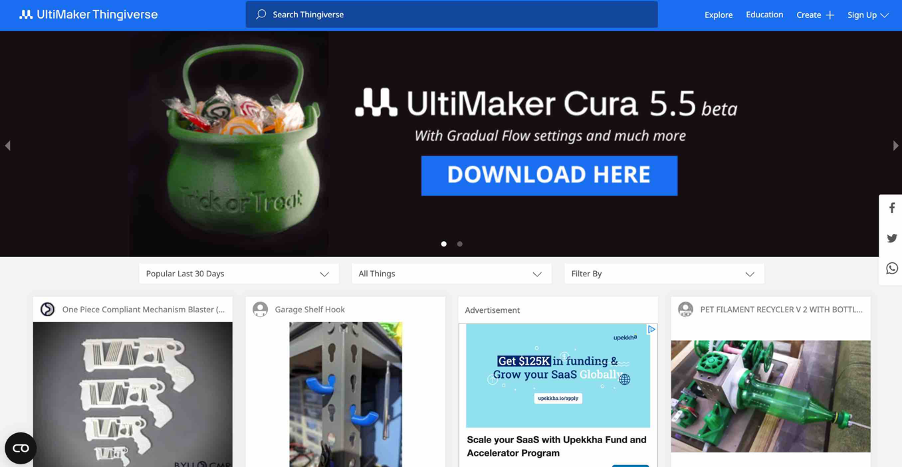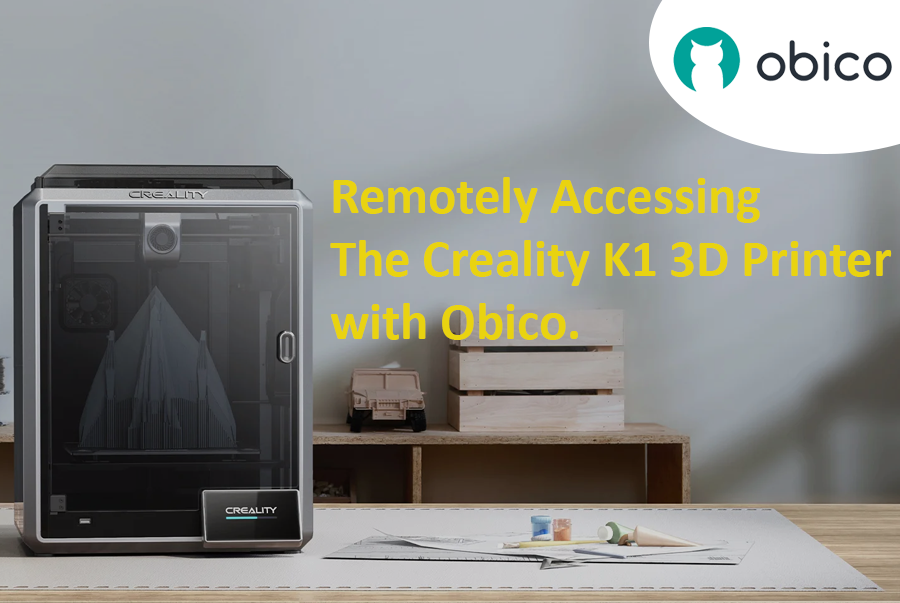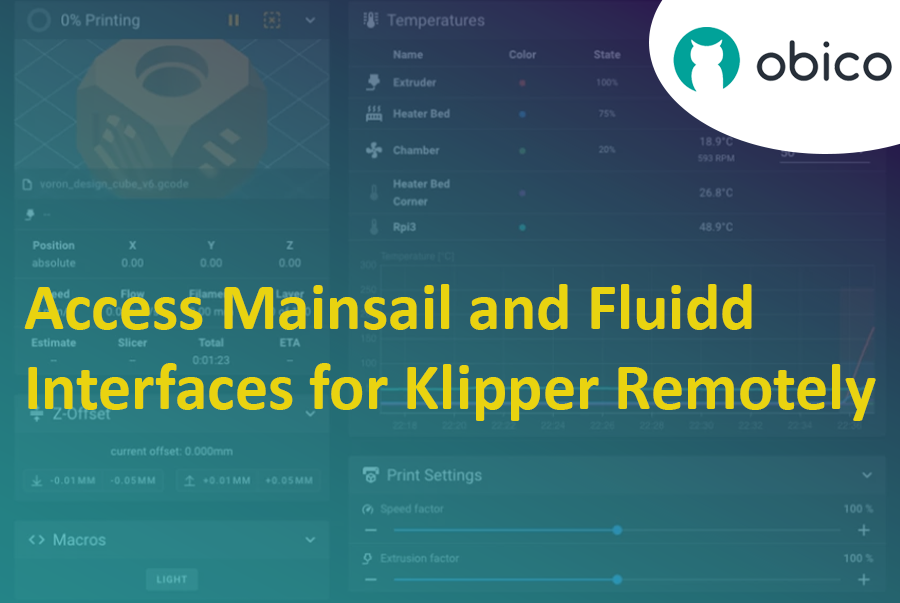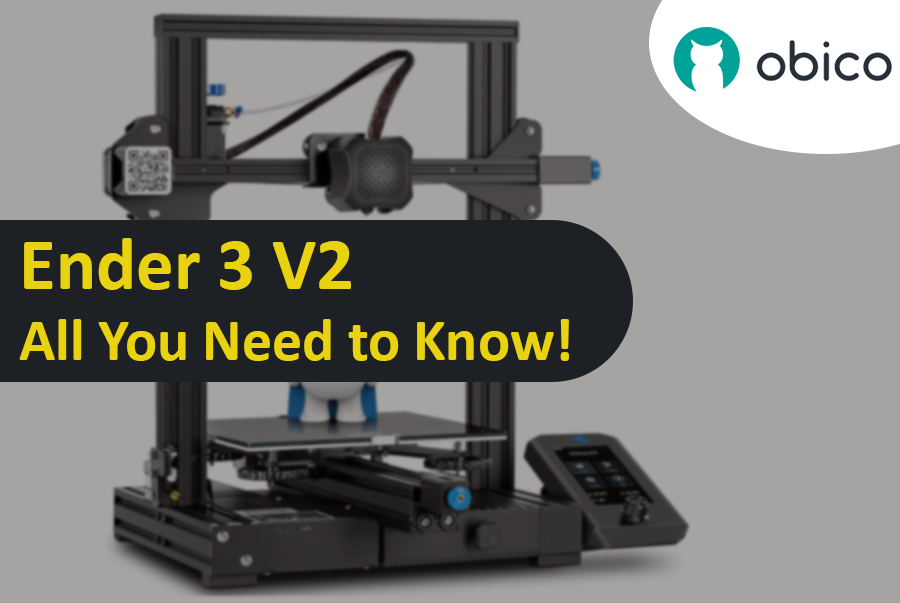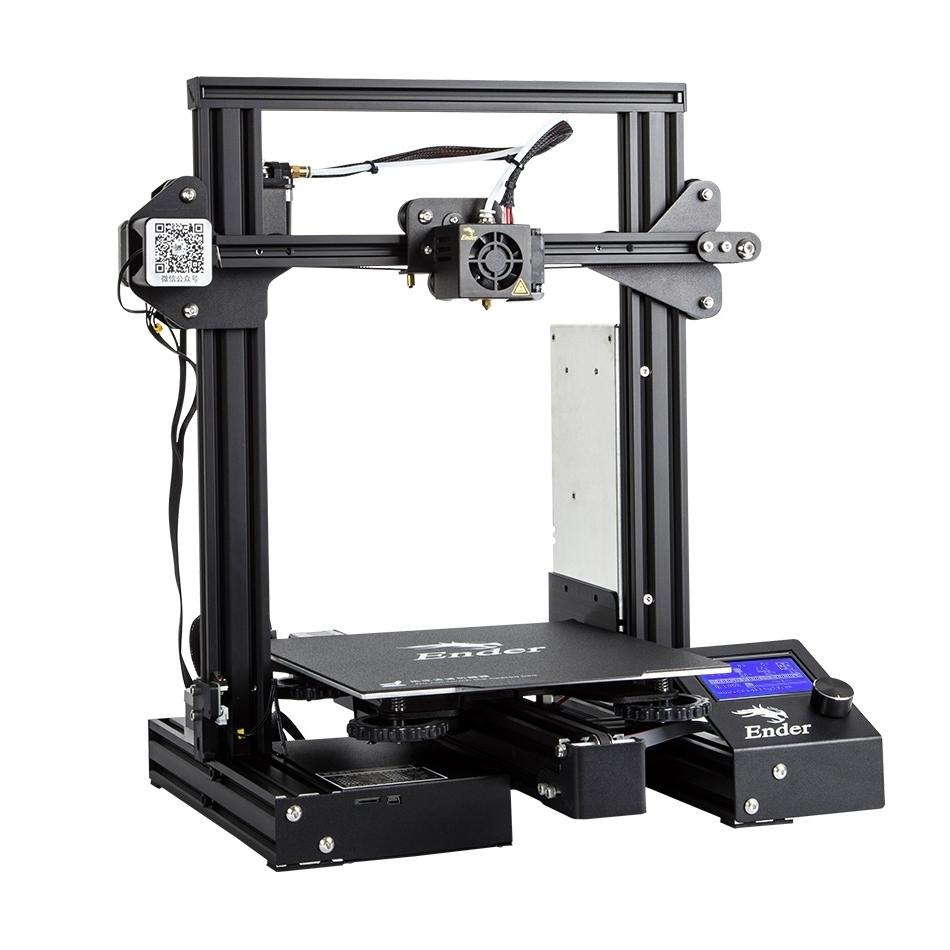
Creality Ender 3/Avec l'aimable autorisation de Creality
Try JusPrin, the first GenAI 3D printing tool built on OrcaSlicer.
La Creality Ender 3, reconnue pour son prix abordable, sa personnalisation et sa qualité d'impression, est devenue une véritable icône dans le monde de l'impression 3D. C'est ainsi qu'elle a conquis un large public parmi les amateurs, les créateurs et les professionnels. Elle a donné naissance à une famille de successeurs, dont l'Ender 3 Pro, l'Ender 3 V2 riche en fonctionnalités, la polyvalente Ender 3 S1 avec ses versions Pro et Plus, et les derniers modèles Neo. Posséder l'une des meilleures imprimantes 3D est un avantage considérable, mais ce n'est qu'un début. Pour exploiter pleinement le potentiel de l'Ender 3, il est essentiel de choisir le meilleur slicer 3D pour Ender 3, alliant performances et convivialité.
Cependant, un aspect clé pour obtenir des impressions 3D exceptionnelles avec l'Ender 3 est le choix du logiciel de découpage. Un slicer 3D sert de lien vital entre votre modèle 3D numérique et l'impression physique, traduisant vos idées créatives en code G offrant un contrôle méticuleux sur les paramètres d'impression, de la hauteur de couche à la densité de remplissage.
Dans ce vaste choix d'options, choisir un slicer pour votre Ender 3 est une décision personnelle. Vous vous demandez peut-être ce qui caractérise l'expérience idéale avec ce slicer pour cette imprimante 3D. Chaque slicer influence votre processus créatif de manière unique. Disposer d'un profil d'imprimante dédié, puis la liberté de contrôler un grand nombre de paramètres critiques permettra à tout utilisateur d'améliorer la qualité et la réussite de ses impressions. Voici quelques-uns des facteurs clés qui jouent un rôle crucial dans le choix du slicer idéal.
